Ask Ethan: How Many Planets Did NASA’s Kepler Miss?
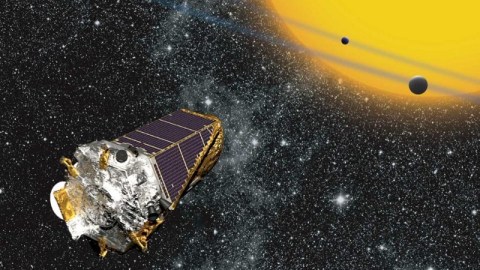
It’s discovered thousands. But how many more are out there?
“How vast those Orbs must be, and how inconsiderable this Earth, the Theatre upon which all our mighty Designs, all our Navigations, and all our Wars are transacted, is when compared to them.” –Christiaan Huygens
How many planets are there in our galaxy? It’s a question that, 30 years ago, was pure speculation, as we had not yet even found the first planet beyond our own Solar System. Fast forward to the present day, and we’ve directly found thousands of them, with the overwhelming majority discovered by NASA’s Kepler mission. But despite Kepler’s successes and all these new discoveries, what’s more remarkable is all the planets it missed. How many is that? Rudy Siegel (no relation) wants to know:
Since Kepler uses the transit method to detect exoplanets, how many are we missing due to non-ecliptic alignment?
The answer has two parts: we’re missing over 99% of them, and many (maybe even most) of the ones we’re missing have nothing to do with alignment at all.
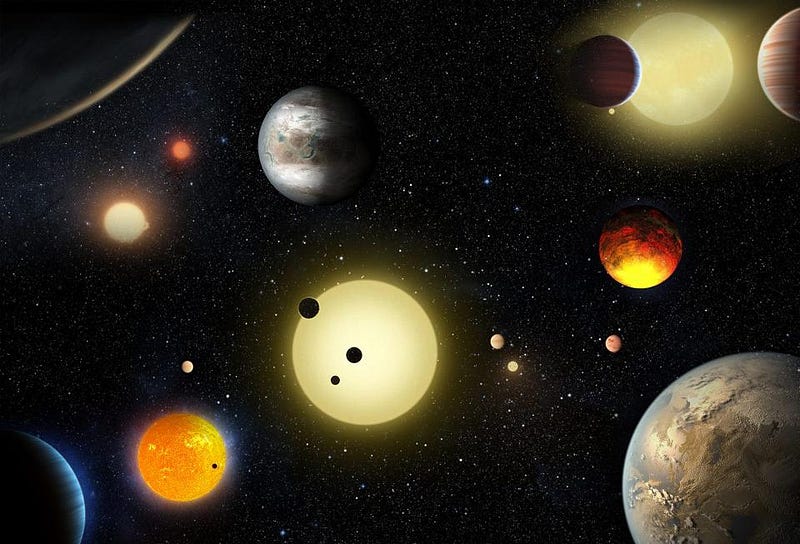
The way NASA’s Kepler spacecraft worked was by viewing a small region of our galaxy, day-after-day, for approximately three years, until its primary mission ended. By looking right down the barrel of one of our spiral arms, even with its narrow field-of-view, it monitored some 150,000 stars, looking for tiny, periodic changes in brightness. In particularly, if a star dimmed by a small amount for a short period of time, brightened back to its original luminosity again, and then exhibited the same magnitude-and-duration dip again, that would get flagged as a candidate planet.
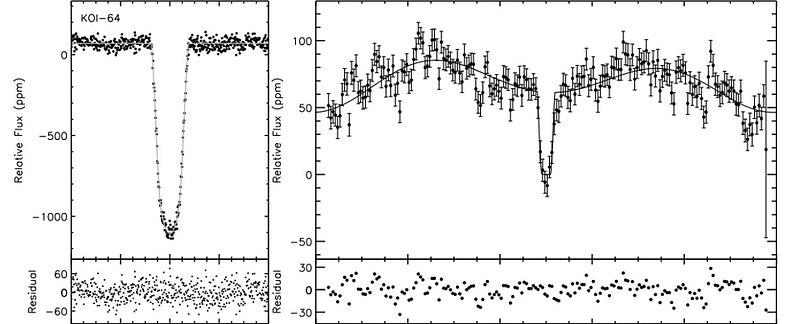
This is known as the transit method of exoplanet discovery. Solar systems can exist in any orientation relative to us, but every once in a while, we’ll find one where its planets orbit their star in such a way that they pass in front of the star relative to our line-of-sight. There are other phenomena besides a planet that can cause a single dip, including:
- a passing asteroid or Kuiper belt object within our own Solar System,
- a rogue planet in the depths of interstellar space,
- a binary star where one eclipses the other,
- or an internal variability in the star itself, such as a large, cool sunspot.
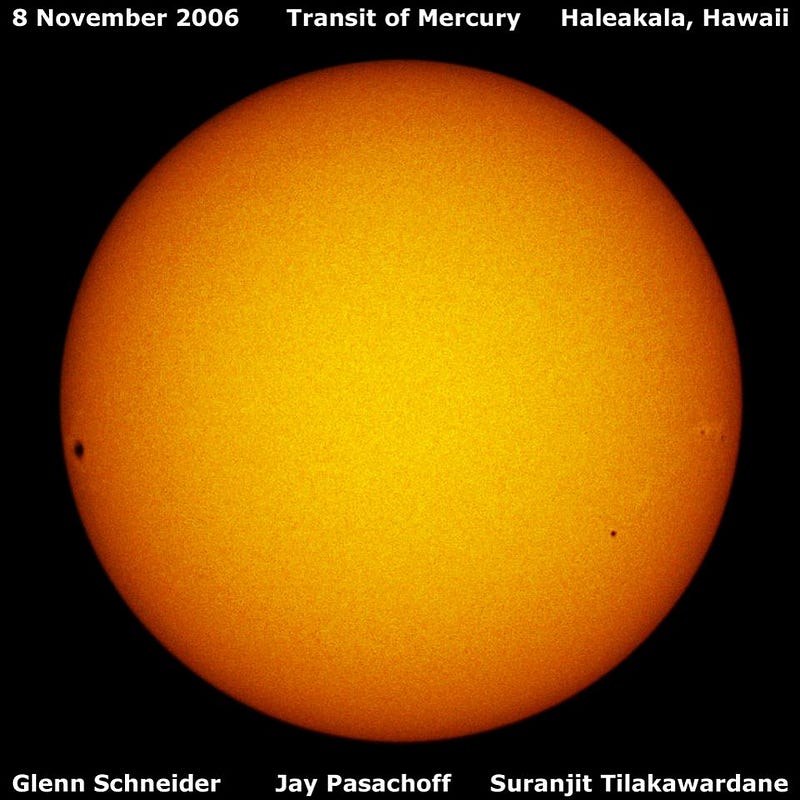
But if that dip of the same magnitude repeats, particularly if there are multiple repeats, it becomes an excellent candidate for follow-up observation with another method. About half of the planetary candidates Kepler has identified have (thus far) turned out to be actual planets, with thousands of them so far. Out of 150,000 stars in Kepler’s field-of-view, that’s not very many. As Rudy’s intuition told him, alignment has an awful lot to do with it.
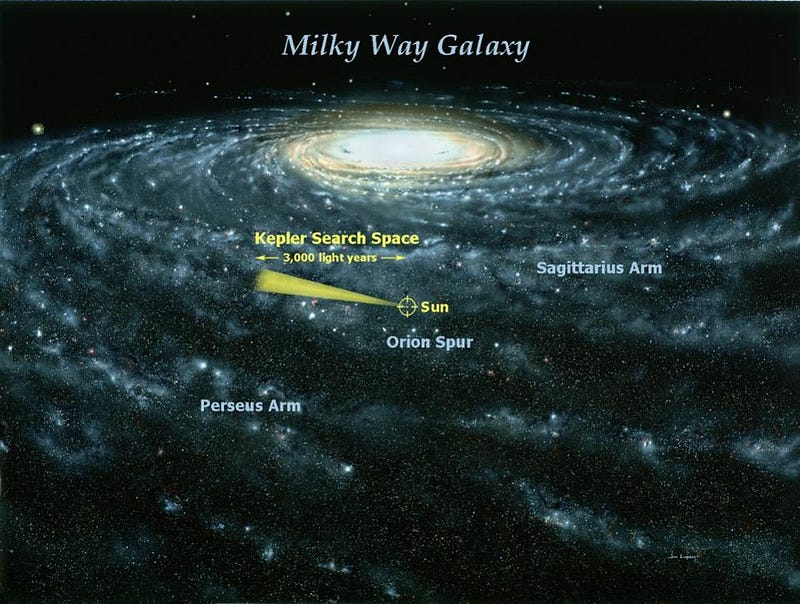
Stars may be quite large entities, with even the smallest ones more than 100,000 km in diameter, but distances to the planets are tremendous, measuring anywhere from millions to many billions of kilometers in terms of their semimajor axis. In our own Solar System, the closest planet to the Sun is Mercury, and it frequently transits in front of the Sun. But that’s only because all the planets in our Solar System are approximately in the same plane! If we were outside of the Solar System, we’d very likely be in a random orientation relative to our own ecliptic plane, and only from a small percentage of directions would we be able to see a transit of Mercury at all.
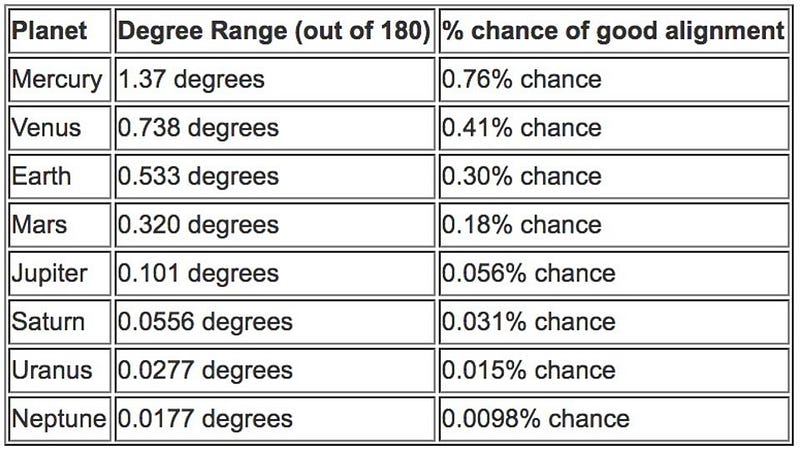
In fact, we can compute this for every planet in the Solar System, and find that you get the best odds, unsurprisingly, the closer you are to your parent star. Even Mercury has less than 1% odds of having its plane line up with an observer, but by time you get as far away as Jupiter, your odds are only 1-in-2,000. Clearly, the overwhelming majority of planets are missed by Kepler, and the transit orientation is a big factor in this.
But there are other factors as well that may be even more important.
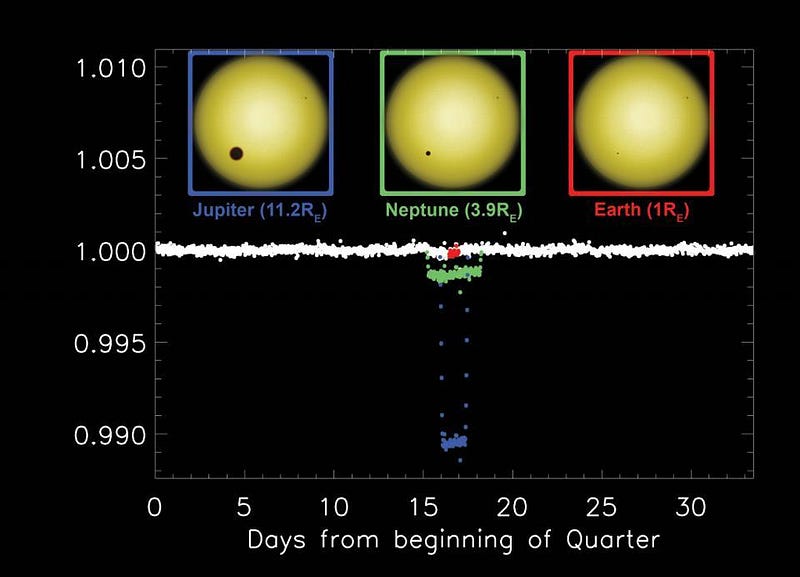
Size plays a huge role as well. Which is to say, the relative size of the transiting planet to its parent star. If a world blocks covers 1% of its parent star’s surface during a transit, Kepler can see it easily. If it only blocks 0.1%, it would take 10 orbits to come up with a signal as significant as the prior case. 100% of Mercury-sized planets are too small to be seen around Sun-like stars. So are all Mars-sized planets, for that matter. It’s the biggest planets around the smallest stars that are the easiest to see, and this lines up with exactly what Kepler has found.
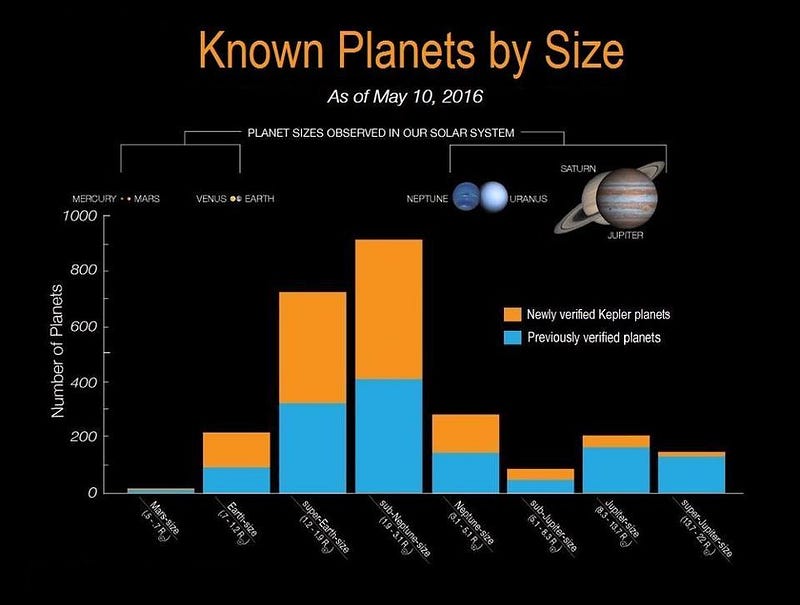
Finally, there’s the issue of time. Kepler’s mission only lasted for three years, so it can only detect multiple transits from a planet that orbits in significantly less time than that. All of the gas giants in our Solar System, despite their size, would be completely invisible to Kepler! If we put all of these together, we find that there are a few major ingredients that need to come together for Kepler to detect a transiting planet:
- The planetary system’s orientation/alignment must be good enough that the world in question transits across the face of its star from our perspective.
- The planet must be large enough relative to the size of the star that enough light is blocked for a given number of transits for a detection to be made.
- And the planet must be close enough to its parent star to have transited at least twice during the observing period.
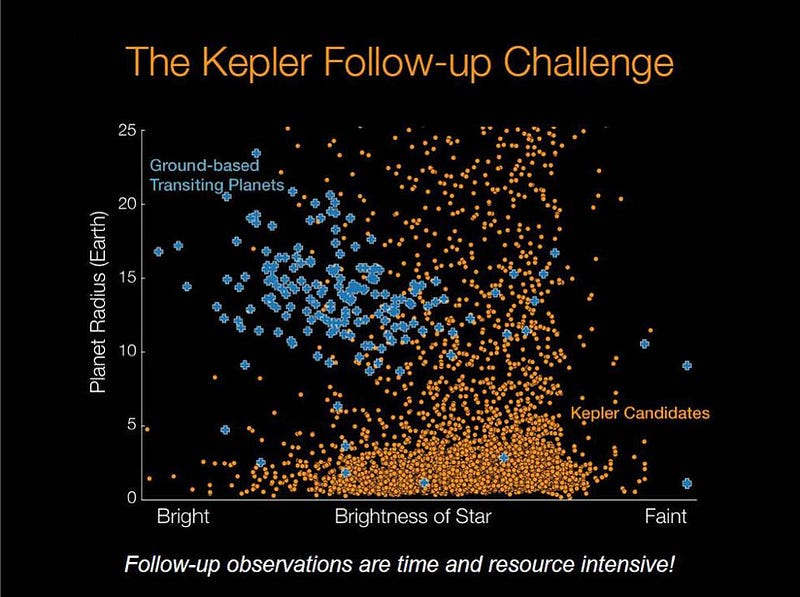
It’s very tempting to look at the number of planets we’ve seen so far and extrapolate as to how many other planets ought to be present for all the stars in the galaxy, but we simply don’t have enough data. We’ve measured a whole slew of worlds, and based on the distance/orbital period relationship, we can safely say there must be at least 1,000 times as many planets-per-star as we’ve found so far. But for the outer portions of the solar systems, we don’t yet have enough data to know. Using current methods, we’d have to investigate for hundreds of years to know what was typical. But there is another hope.
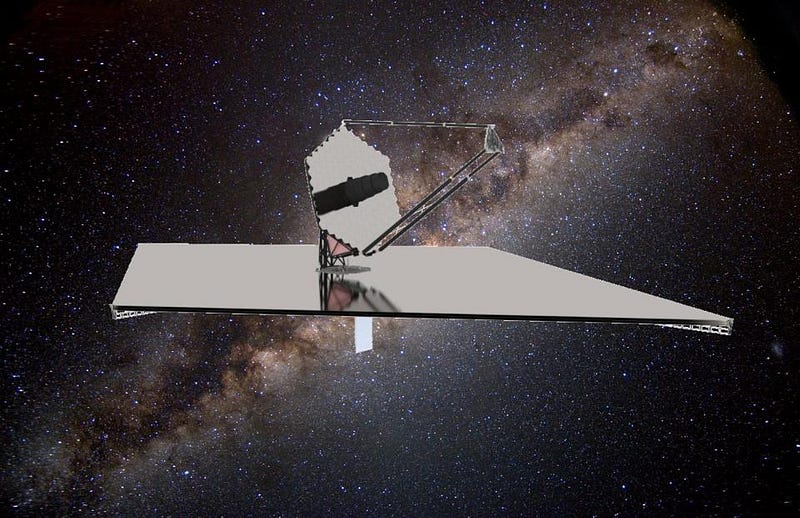
30 meter class telescopes like the Giant Magellan Telescope and the European Extremely Large Telescope will be able to potentially directly image outer worlds from their reflected light, while the ultimate dream machine, LUVOIR, a 10–15 meter class telescope, would provide a bounty of planets unimaginable with current technology. Until we know what’s out there for certain, all we can do is set lower limits and make estimates. We presently think there are likely trillions of planets around stars in our galaxy, but we don’t want to think; we want to know. With a little luck, a moderate amount of funding, and a lot of hard work, this might be a question we know the scientific answer to in only a few decades.
Send in your Ask Ethan questions to startswithabang at gmail dot com!
Ethan Siegel is the author of Beyond the Galaxy and Treknology. You can pre-order his third book, currently in development: the Encyclopaedia Cosmologica.




